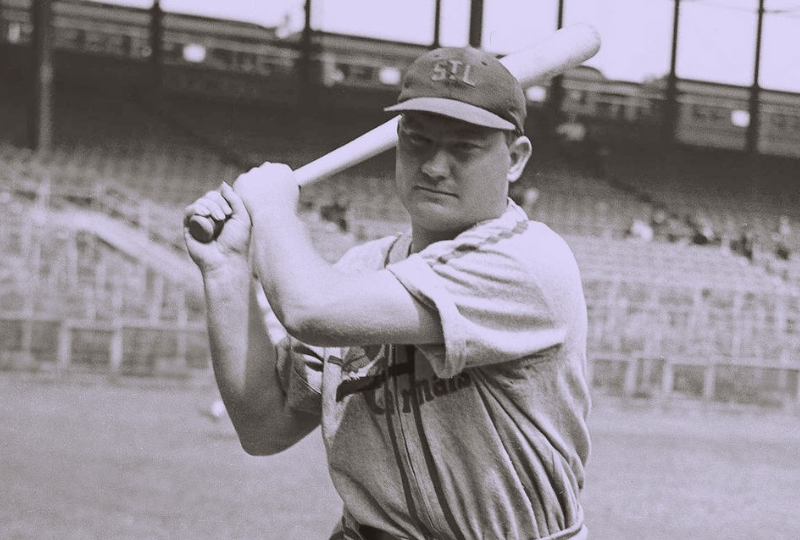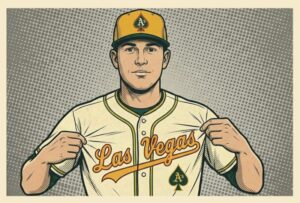Charlie Finley, the owner of the Kansas City A’s, urged Major League Baseball to adopt orange baseballs in the 1960s. Finley liked the novelty of it, but his idea wasn’t new. In the late 1930s, MLB used a non-white baseball in a handful of regular season games.
The idea was hatched by a color engineer named Frederic Rahr, a Harvard graduate. Rahr said his goal was “to reduce chances of injury to players and spectators; reduce probability of errors; and increase the accuracy of play, be it in tennis, table tennis, handball, squash, and even jai alai.” Fair enough.
Rahr determined that the most optimum color for a baseball was yellow. He convinced someone in the National League to try it, and on August 2, 1938, at Ebbets Field in Brooklyn, the yellow baseball was used for the first time in a big league game. That afternoon, the Dodgers hosted the St. Louis Cardinals, utilizing a bright ball that Brooklyn pitcher Fat Freddie Fitzsimmons said, “Felt slippery and queer in my hand.” Rahr admitted that he hadn’t yet found a dye that didn’t impact the grip of the ball.
In the seventh inning, facing Fat Freddie, Johnny Mize pulled a pitch over the sign in right field for a home run. It was the first home run ever hit with a yellow baseball. I’m not sure if someone preserved the ball for posterity, or if the ugly yellow thing was discarded or tucked into some lucky fan’s pocket. Anyway, the Dodgers defeated the Cardinals and that was it for the yellow ball. They tried it three more times in 1939, all in games involving the Dodgers. But the yellow baseball never caught on. Mize wouldn’t have minded though.
“I could see the yellow ball a lot better than the white one,” Big Jawn said.







